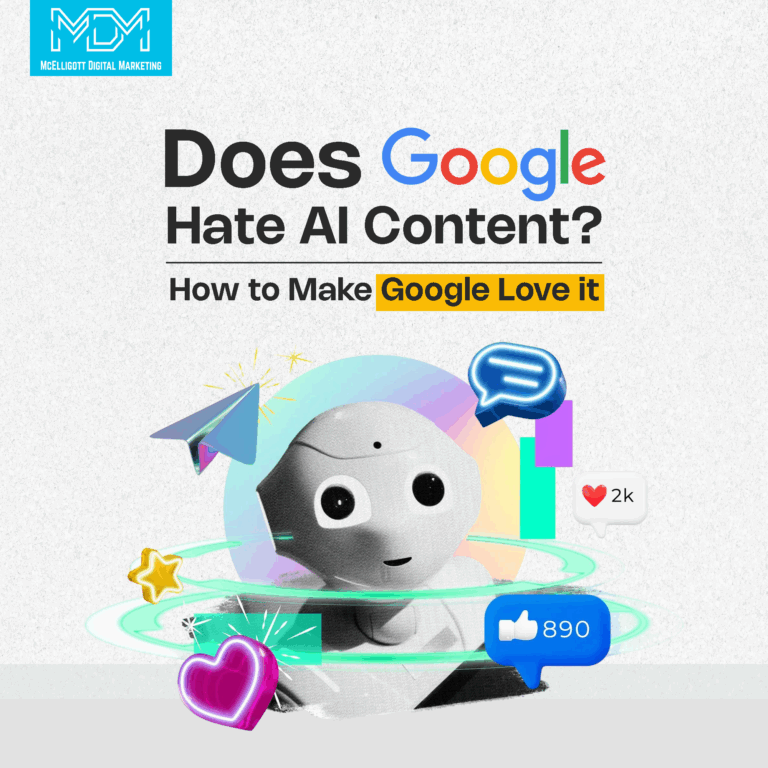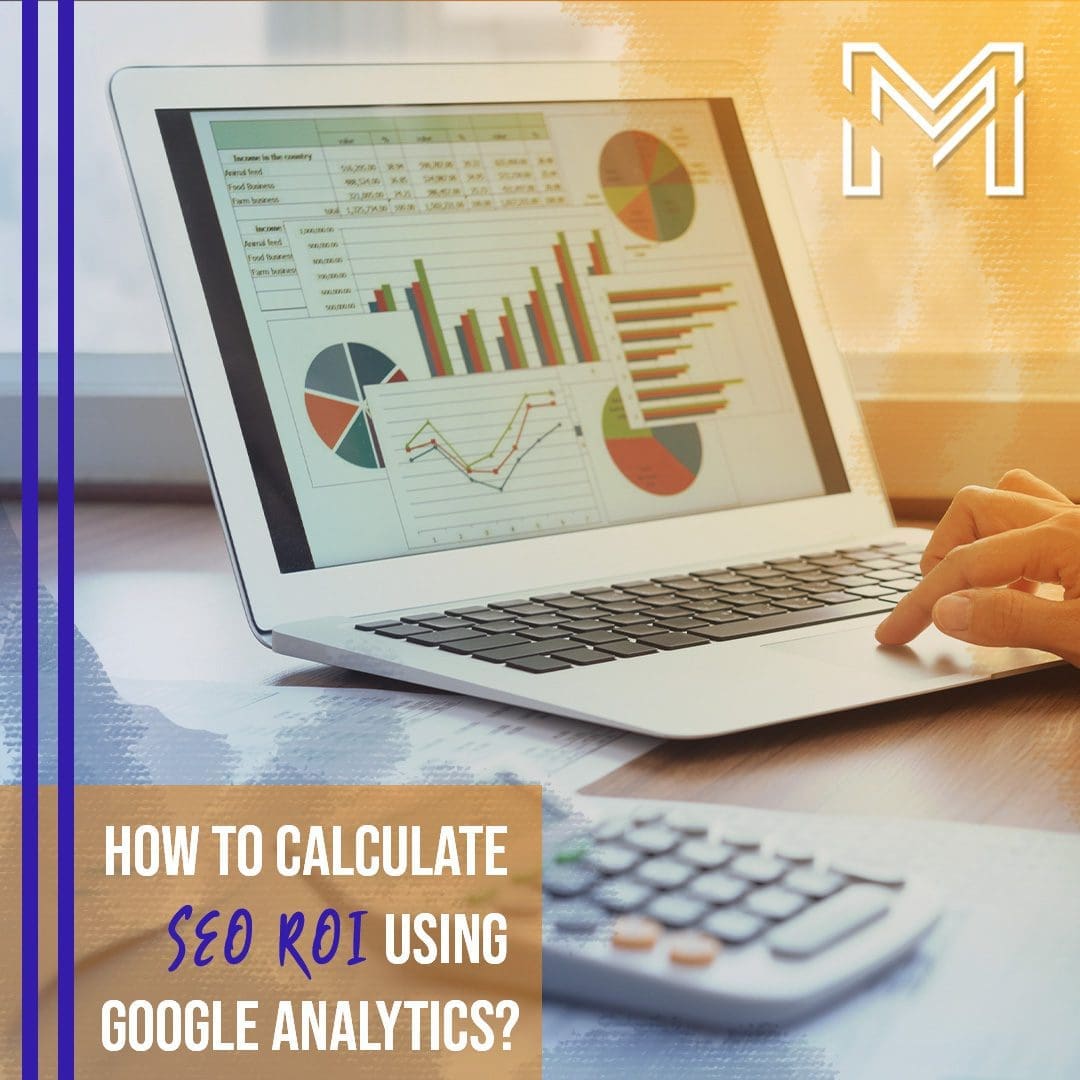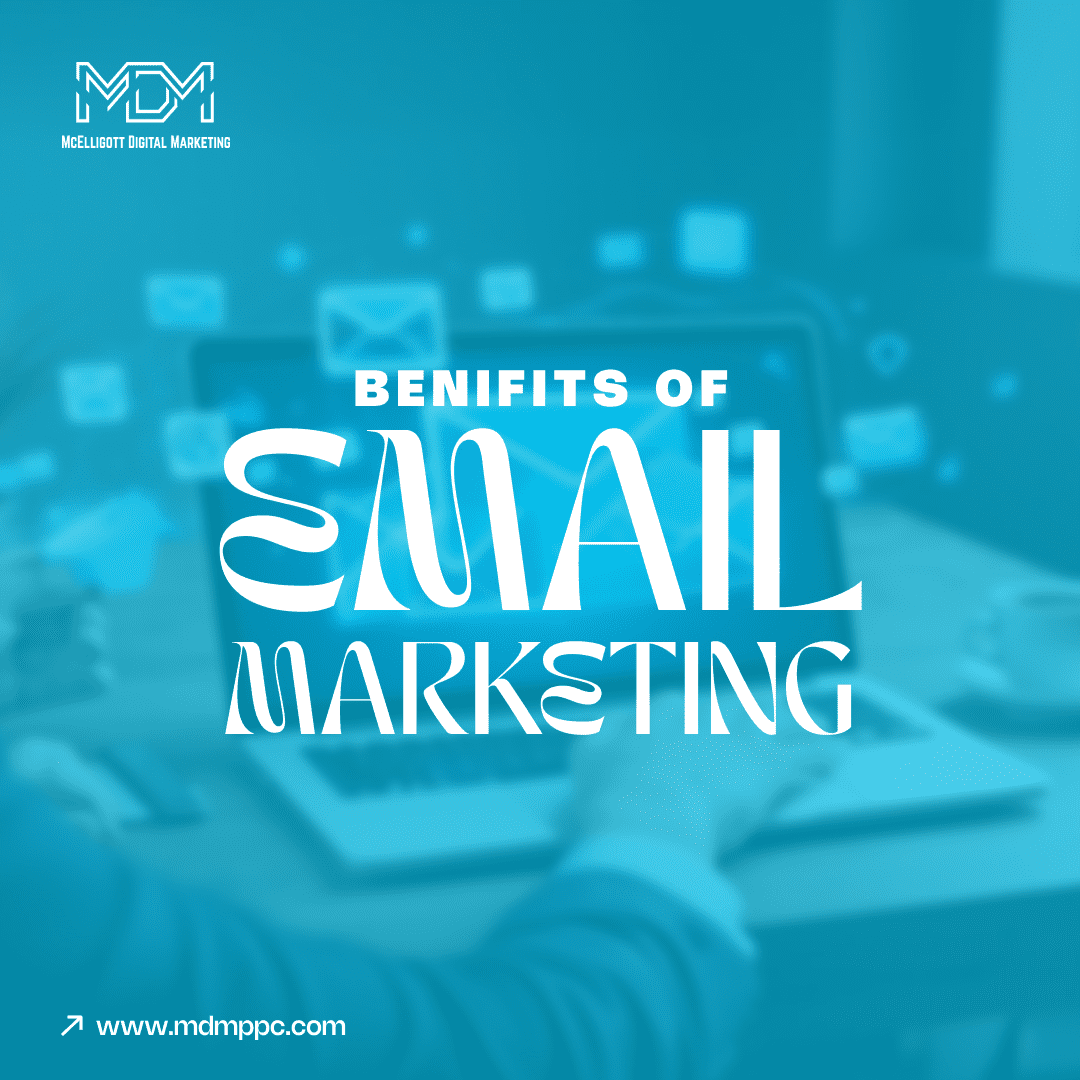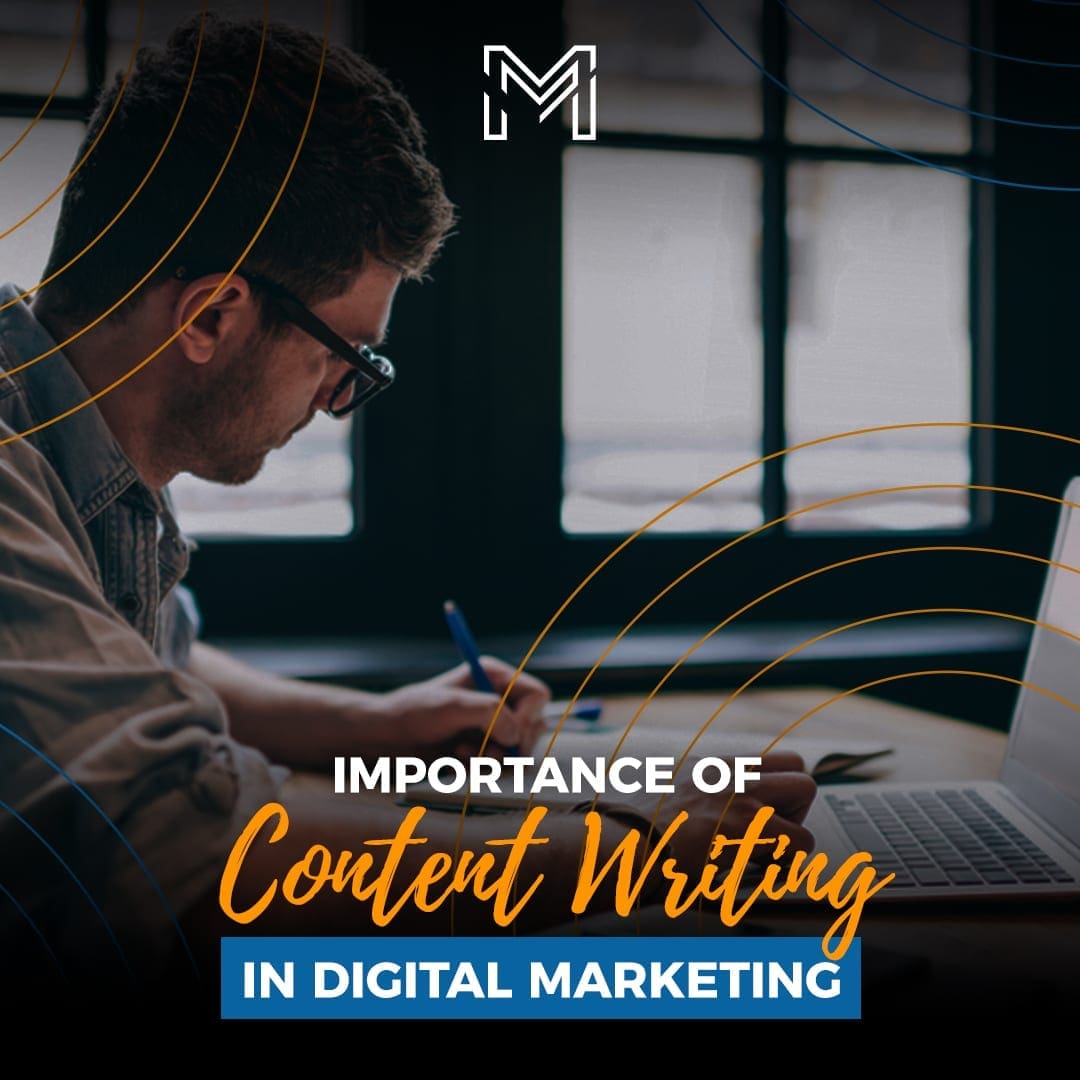Google’s latest core algorithm update has started penalizing websites that depend heavily on AI-generated content. Such content falls short of the quality benchmarks defined in Google’s official guidelines. However, AI can still be used effectively when paired with human input to create high-quality, valuable content that ranks well.
Using AI as a content assistant rather than a full content generator, businesses can speed up workflows. What the algorithm is looking for is human expertise for depth, originality, and strategic alignment.
In this blog, we’ll discuss how you should pair human creativity with automation to make your website rank on the search engine result pages.
Google’s official position on AI-generated content
Does Google punish AI-generated content?
The short answer is no, not always. Google does not automatically hate AI content. But it does punish content that is low-quality, unhelpful, or copied. Google wants content that puts people first. It should be useful, accurate, and original. The search engine uses a standard called E-E-A-T. That means Experience, Expertise, Authoritativeness, and Trustworthiness of the content placed on your website.
If your content doesn’t follow these rules, it may not rank well. This is true whether it’s written by a human or AI. Google does not ban AI-generated content. What matters to Google is the quality of the content, not who or what writes it.
If the content is helpful, original, and well-written, Google ranks it. But if it is copied, boring, or created just to trick the system, Google ignores or even penalizes it.
The search algorithms have a system to judge content quality. It looks for four things.
- Experience– Is the writer speaking from real-life experience?
- Expertise– Does the content show deep knowledge of the topic?
- Authoritativeness– Can people trust the source?
- Trustworthiness– Is the content honest and safe?
Google also checks how and why the content was made. If the content is made just to rank higher, it may get flagged. But if it is made to help users, it is more likely to do well.
So, the truth is simple- Google does not hate AI. It hates bad content. You can use AI to help create content. Just make sure the final result is clear, useful, and made for people, not just for search engines.
Why AI content gets penalized
AI tools write fast. But fast doesn’t always mean good. Many websites get penalized because their AI content is low in quality. Here’s why it happens.
1. Lack of originality
AI tools repeat what’s already on the internet. They do not create new ideas or opinions. If your content sounds like everything else out there, the search engine ignores it. Google wants fresh, original thoughts, not just reworded facts.
2. No real experience
AI can’t share personal stories or real-life experiences. It can only fabricate stories. It doesn’t know how it “feels” to use a product or service. Google looks for content that shows real expertise. AI alone cannot provide that.
3. Missing user intent
AI doesn’t always understand what the reader is looking for. It creates long answers for simple questions or misses the point entirely. If users don’t get what they want, they leave. This sends a bad signal to Google.
4. Poor formatting and structure
Many AI articles lack good flow. They may repeat ideas, use odd headings, or skip important points. Google prefers well-structured content that is easy to read and explore.
5. Thin or fluffy content
AI can fill space with empty words. This is called “thin content.” It doesn’t offer real value. Google sees this as unhelpful and may push it down in search results.
6. No edits or human review
A lot of people copy and paste AI content without reading it. That’s risky. AI makes mistakes, including outdated facts, or sounds robotic. Google detects this lack of care.
This is how businesses use AI the wrong way
Many businesses have started using AI tools to create content quickly. But in the rush to save time, they forget the basics of quality and strategy.
One of the biggest mistakes is publishing AI-generated content without editing or reviewing it. This leads to articles filled with errors, outdated facts, and awkward phrasing. When businesses skip the editing step, the final content feels robotic and careless, which turns away readers and search engines.
Another problem is the lack of human touch. AI mimics tone, but it doesn’t understand emotions, opinions, or the unique voice of your brand. Without human input, the content often sounds dull and generic. It fails to connect with real people.
Some businesses also use AI just to flood their websites with more posts, hoping to rank higher in search results. But Google is smarter than that. It can tell when content is created only for SEO purposes and not for the user’s benefit.
Many times, AI content misses the point of what the reader wants. It writes long paragraphs when a clear, short answer is better. This results in poor user experience, higher bounce rates, and lower rankings.
People treat AI like a magic tool. Somehow, it is, let’s not deny. But they skip keyword research, ignore content strategy, and expect AI to do everything. Without a clear plan and real human effort, AI content will not perform well. Remember, AI is a tool, not a replacement for good thinking.
How to use AI the right way
1. Use AI as a support, not a replacement
AI helps you write faster and stay organized. But it should never replace human thinking. The best way to use AI is to treat it like an assistant. Use it to brainstorm blog ideas, create outlines, suggest headlines, or even write first drafts. These tasks save you time and help you start strong.
However, once the AI gives you content, your job is far from over. You must review everything carefully. Does the content make sense? Is it accurate? Does it sound like something your audience would trust? This is where your human judgment is most important.
2. Always add the human touch
AI cannot tell personal stories, explain your real experiences, or speak in your brand voice. Only you can do that.
Make sure to edit the AI-generated text to match your tone, style, and goals. Add examples, opinions, or insights that only you can provide.
Also, think about your audience. What are they looking for? Make sure your content answers their questions clearly. If they want a quick tip, don’t write long paragraphs. If they need details, don’t be too brief. Understanding user intent is something only humans can truly do well.
3. Plan your content with purpose
Good content starts with a plan. Don’t use AI just to fill up your website or rank higher. Every piece of content should have a clear goal.
Do you want to teach something? Sell a product? Build trust? Let your purpose guide the way you use AI.
Create content that solves problems, shares knowledge, or inspires action. Organize it with clear headings, short paragraphs, and smooth flow. Use bullet points or lists when needed. AI can help structure the content, but you should decide what goes where.
4. Use the right tools to improve quality
Many tools can make your AI-written content better. Here are a few that help.
- Writing & brainstorming tools– ChatGPT, Jasper, Copy.ai, and Writesonic are great for creating ideas, outlines, and first drafts.
- Editing tools– Grammarly and Hemingway Editor check grammar, spelling, and readability. They help make your writing smoother and clearer.
- SEO tools– Surfer SEO and Frase.io show you what topics and keywords your competitors are using. They help you build content that ranks well on Google.
- Plagiarism checkers– Copyscape, Originality.ai, and Quetext can check if your content is truly unique. Even small copied parts can hurt your SEO.
- Fact-checking– Always check facts using trusted sources. AI tools sometimes make up data or include outdated information. Keep your content accurate.
5. Make your content consumer-friendly
Google doesn’t care if a robot helped you write the article. What matters is that your content is useful, original, and clear. To meet Google’s standards, follow these tips-
- Focus on real value, not just word count
- Add real experience or expert opinion
- Keep the content easy to read
- Make sure it matches search intent
- Use keywords naturally, without stuffing
- Add internal links and relevant headings
- Keep the information up to date
Using AI is fine, as long as the final result is helpful to readers.
6. Track what works and keep improving
After publishing, watch how your content performs. Use Google Analytics and Google Search Console. These tools show how many people visit, how long they stay, and what they click. If a page is not doing well, update it. Improve the intro, add better keywords, or give clearer answers.
Also, test different approaches. Try long-form content on one topic and shorter posts on another. See what works best for your audience. AI can help you test ideas quickly, but you’ll need data to know what works.
How can local businesses use AI?
Run a business locally? AI can help you improve marketing, save time, and grow customer relationships without hiring a big team.
1. Create local SEO content faster
Writing blogs, service pages, or FAQs for your city or neighborhood takes time. AI tools like ChatGPT or Jasper can help draft content tailored to your location. Just add your personal insights, business details, and customer stories to make it feel authentic. This can help you rank for “near me” searches and attract local traffic.
2. Reply to reviews and messages
Responding to customer reviews, especially on Google or Yelp, is important, but it’s time-consuming. AI can help write polite, on-brand responses that you can quickly review and post.
3. Run better ad campaigns
AI can help you run PPC ads for a local business. If you’re using Google Ads or Facebook Ads, AI tools can help write ad headlines, descriptions, or calls-to-action.
4. Automate customer service
You can set up AI-powered chatbots on your website to answer common questions like business hours, services offered, or booking help. These bots run 24/7 and improve customer experience, even when you’re busy or closed.
5. Manage social media content
Social media marketing is important for local business owners. Posting regularly on Instagram or Facebook can be tough. AI tools can suggest post ideas, write captions, and even create basic graphics. You can plan a week’s content in just one sitting.
Get seen more often by your customers
When used the right way, AI can help you create smarter, faster, and more effective content. With the right tools and a strong editing process, you can build content that both your audience and Google will love.
At McElligott Digital Marketing, we help businesses use AI the right way- running high-return PPC ads, creating SEO content, and more. Whether you’re a local business or a fast-growing brand, we’ll help you build high-performing campaigns that bring real results.
Our SEO and Google ads experts help you rank locally, build your brand awareness, and convert more traffic into loyal customers.
Get better leads, better rankings, and better ROI with us.





